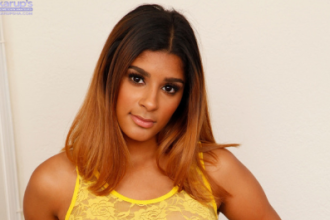In 2016, for the 30th anniversary of the classic 80s American sitcom Full House, Netflix debuted its sequel, Fuller House. The sequel starred most of the original cast, including Bob Saget and John Stamos, and kicked off a new trend called nostalgia entertainment. Today, we are living in the reboot era, but television shows are just the tip of the iceberg. In reality, everyone from retailers and casino operators to event planners are using nostalgia entertainment to attract a broader audience.
Why is Nostalgia Entertainment Important?
For any business to grow, it needs to expand its consumer base. Nostalgic themes help companies do this, which is why they are so common in business and marketing strategies. Nostalgia entertainment is a great way for a company to connect itself with positive ideas and concepts from the past. It can also increase sales and conversions, as nostalgia can influence people to spend more money. For example, traditional sports trading cards and comic books can sell for some sky-high prices.
Real-World Examples
We saw nostalgic viewing reach new heights in 2021. Franchises like Will & Grace, Space Jam, and Gilmore Girls have all returned to our screens. With a new year ahead, streaming services like Hulu and Netflix, who saw an increase in subscribers in 2020, are already teasing reboots of shows like How I Met Your Mother and Criminal Minds. However, we are also seeing the events planning industry capitalize on nostalgic themes.

Bingo raves are an example of the popularity of nostalgia in the events planning industry. These high-energy parties combine the traditional casino game of bingo with dancing, entertainment, and music. Bada Bingo’s disco-like events across the United Kingdom cement the bingo party as the epitome of nostalgia entertainment. These events use games, music, and trends of the past to attract traditional players and younger generations that enjoy nightclubs and raves. The aesthetics of these events can also be very nostalgic, as many are neon-soaked and play music from the 80s and 90s.

Almost every industry can capitalize on nostalgia, which can help increase brand loyalty and attract new consumer types. For instance, the fashion industry has also embraced this trend. In 2019, neon colors consumed New York City fashion week, and we’ve even seen fashion icons sell NFT collections of classic photographs. In 2021, Ellen von Unwerth dropped an NFT series that featured images of Kate Moss and Naomi Campbell from the 90s.
It seems unlikely that this form of entertainment will fade in 2022, especially after the success of television reboots and bingo raves over the last year. Which industry do you think is next to incorporate nostalgic concepts and ideas? Our guess is the sports industry. Sports clubs and leagues are in an interesting position, as they often use social media to create content that looks back at past players. However, it is yet to be seen how this theme will continue to grow.















